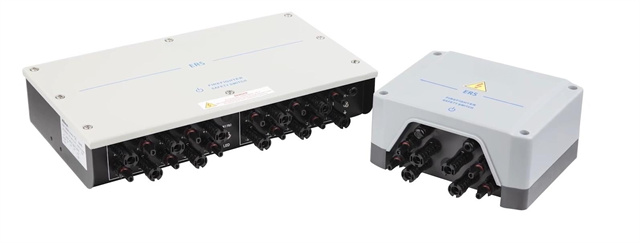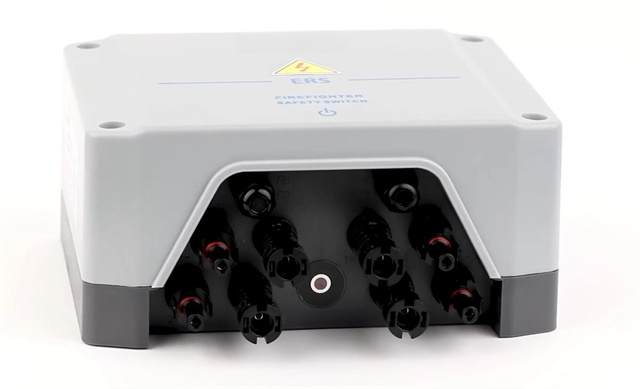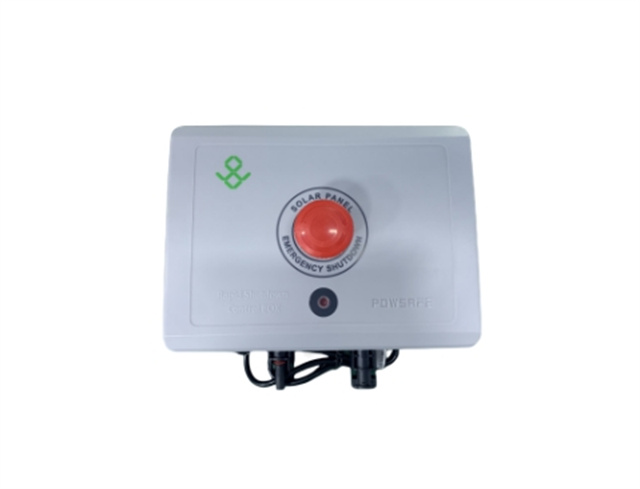Author:BLD Solar Energy SystemFROM:Solar System Converter Manufacturer TIME:2023-08-21
The rapid growth of the photovoltaic (PV) industry has brought about the need for enhanced safety measures. One crucial aspect of PV system safety is the implementation of Rapid Shutdown systems. These systems ensure that in case of an emergency or maintenance work, the PV system can be quickly and safely shut down, minimizing the risk of electrical hazards. In this article, we will explore the key technical features of Rapid Shutdown systems.

One of the key technical features of Rapid Shutdown systems is the use of Module-Level Power Electronics (MLPE). MLPE devices, such as power optimizers or microinverters, are installed at each solar panel or module. Unlike traditional string inverters, MLPE devices allow individual panel-level control and monitoring. This enables rapid shutdown functionality as each panel can be independently turned off in case of an emergency. The use of MLPE not only enhances safety but also improves overall system performance by mitigating power losses due to panel-level mismatch.

Another important technical feature of Rapid Shutdown systems is the use of communication protocols. These protocols enable seamless communication between the MLPE devices and the Rapid Shutdown controller. Commonly used protocols include Power Line Communication (PLC), Zigbee, or Wireless Local Area Network (WLAN). These communication systems facilitate real-time monitoring and control of the PV system, ensuring effective and efficient shutdown operations. Additionally, they enable remote access to system data, allowing for faster troubleshooting and maintenance.

The presence of an Emergency Shutdown Switch (ESS) is a critical component of a Rapid Shutdown system. This switch is typically located near the main service panel or in a readily accessible location. In case of an emergency, flipping the ESS immediately shuts down the PV system, cutting off the flow of electricity. The ESS acts as a fail-safe mechanism, providing a quick and easily accessible solution to de-energize the system. It is important to ensure that the ESS is clearly labeled and easily recognizable to ensure efficient shutdown during emergencies.
In conclusion, Rapid Shutdown systems are an essential element of PV system safety. The use of Module-Level Power Electronics, communication protocols, and an Emergency Shutdown Switch enhances the safety and performance of the photovoltaic system. These technical features ensure efficient and rapid shutdown operations, minimizing the risk of electrical hazards during emergencies or maintenance work. With the continued growth of the PV industry, the implementation of robust Rapid Shutdown systems will play a crucial role in promoting safe and reliable solar energy installations.
